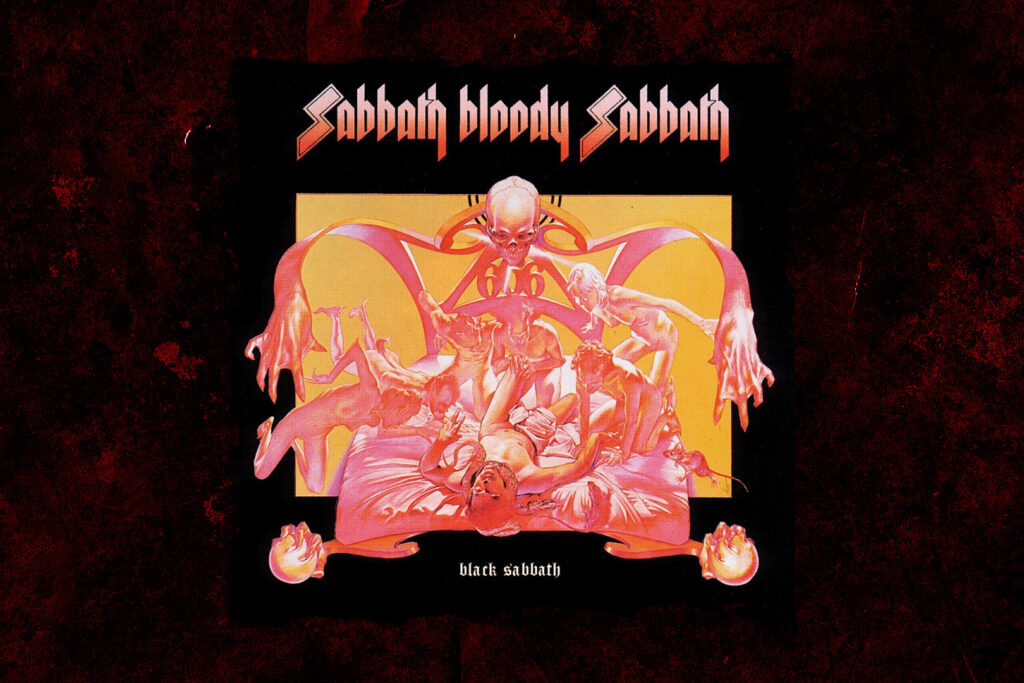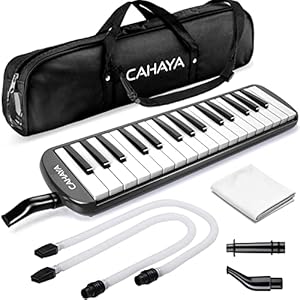50 Years Ago: Black Sabbath Release ‘Sabbath Bloody Sabbath’

Widely called the last great album Black Sabbath recorded with their powerhouse lineup – Ozzy Osbourne, Tony Iommi, Geezer Butler and Bill Ward – Sabbath Bloody Sabbath is still considered a classic and influential release. Yet there was a time in the summer of 1973 when it looked like the follow-up to Vol. 4 might have to be scrapped.
“I just got stuck and couldn’t think of anything to write,” Iommi told me in 2009. “I don’t know if it was pressure or what. We left Los Angeles, went back to England and we thought, ‘Well that’s it. We’re all finished. It’s over.”
For Sabbath Bloody Sabbath, which was released Dec. 1, 1973, Black Sabbath had hoped to recreate the atmosphere they had engendered for Vol. 4, an album that was fueled by copious quantities of drugs and alcohol. Despite the fact that they were higher than the sun when they wrote that record, they were also extremely prolific and vibrated with creativity. So they returned to the location they rented in Bel Air with the hope that lightning would strike twice.
“It was the same house, the same everything, but it just didn’t work,” Iommi said. “It was the first time in my life I’d ever had writer’s block and basically everyone used to wait around until I came up with a riff and then we’d work from there. But nothing was coming.”
Discouraged, Black Sabbath left Los Angeles, flew back the England and took a few weeks off. When they reconnected, they decided to give the album another shot, so they rented Clearwell Castle in The Forest of Dean, Gloucestershire, England and set up their equipment in the dungeon. The change of atmosphere inspired Iommi.
Black Sabbath, “Sabbath Bloody Sabbath”
“As soon as we were in there I came up with the title track, ‘Sabbath Bloody Sabbath,'” he said. “The riff came up just like that and I thought, ‘That’s it, we’re off again.’ That was the start of the album and we just kept going from there.”
As much as the castle invigorated Sabbath, it also freaked them out. There were reports that the place was haunted and during their stay Iommi and Osbourne saw a figure in a black cloak walk down a corridor and disappear. It wasn’t an isolated incident. While such experiences were scary, the doomy environment complimented the minor-key riffs of songs like “A National Acrobat” and “Killing Yourself to Live.”
Black Sabbath, “Sabbra Cadabra”
Although much of Sabbath Bloody Sabbath is brooding, the band also experimented with styles outside of doom metal. “Sabbra Cadabra” is rooted in the heavy blues of bands like Cream and Led Zeppelin and “Looking for Today,” which features melodic arpeggios and an acoustic interlude enhanced by a flute passage, and is more traditional hard rock.
Black Sabbath recorded Sabbath Bloody Sabbath at Morgan Studios in Willesden, North London, and while they were there with producer Tom Allom, they stretched their musical boundaries even further than they had when they were in the castle dungeon. Iommi came up with “Fluff,” a plaintive acoustic classical instrumental, which weaved together delicate guitars, spare piano and strings. The piece was named after BBC radio employee Alan “Fluff” Freeman, one of the few DJs who played Black Sabbath on the air.
And Black Sabbath hired an orchestra for the proggy, sweeping “Spiral Architect,” but their studio space was too small to fit all the players, so they relocated to Pye Studios, where Osbourne spent the day humming the parts he wanted the violinists and cellists to play.
In addition, Osbourne bought a Moog synthesizer to use on “Who Are You?” Although he had no experience with the instrument, he fiddled with the settings to create an otherworldly series of tones and noises that matched the song’s ominous vibe. Also, Iommi recorded various parts for the album on sitar and bagpipes, but didn’t like any of the parts he played so he scrapped them.
Led Zeppelin visited Black Sabbath in the studio while they were recording, and drummer John Bonham volunteered to play on “Sabbra Cadabra,” but Sabbath felt that his distinctive style would disrupt the flow of the album. However, Yes keyboardist Rick Wakeman, played as a session musician on the song.
In his memoir, I Am Ozzy, Osbourne wrote that after all of its fits and starts Sabbath Bloody Sabbath was a creative triumph for Black Sabbath. [“[It was] our last truly great album, I think. And with the music we’d managed to strike just the right balance between our old heaviness and our new, ‘experimental’ side.”
While Sabbath Bloody Sabbath went Gold in the U.S. on March 20, 1974, It didn’t go Platinum until Oct. 13, 1986. A remastered version of the album was released in 2012, but it contained no additional material.
Loudwire contributor Jon Wiederhorn is the author of Raising Hell: Backstage Tales From the Lives of Metal Legends, co-author of Louder Than Hell: The Definitive Oral History of Metal, as well as the co-author of Scott Ian’s autobiography, I’m the Man: The Story of That Guy From Anthrax, and Al Jourgensen’s autobiography, Ministry: The Lost Gospels According to Al Jourgensen and the Agnostic Front book My Riot! Grit, Guts and Glory.
Black Sabbath Albums Ranked
Link to the source article – https://loudwire.com/black-sabbath-sabbath-bloody-sabbath-anniversary/
Recommended for you
-
Donner DDP-300 Digital Piano with 88 Graded Hammer Action Weighted Keys, Record, Bluetooth, 10 Voices, 4 Reverb, Speakers, Professional Full Fize Key Keyboard Electric Dark Rose
$669,99 Buy From Amazon -
CAHAYA Melodica 32 Keys Double Tubes Mouthpiece Air Piano Keyboard Musical Instrument with Carrying Bag 32 Keys, Black, CY0050-1
$29,99 Buy From Amazon -
Audient EVO 4 USB Audio Interface
$129,00 Buy From Amazon -
QuadCast Boom Arm, Mic Arm Microphone Arm for HyperX QuadCast SoloCast Blue Yeti Fifine AM8 and Most Mic, Mic Stand Desk with 3/8″ to 5/8″ Adapter by SUNMON
$26,99 Buy From Amazon -
Elebase 1/4 Inch TRS Instrument Guitar Cable 10ft 2Pack,Straight 6.35mm Guitar Bass AMP Cord,Quarter Inch 6.3mm Male Jack Stereo Audio Balanced Line for Electric Guitar,Bass,Keyboard,Amplifier,Speaker
$16,99 Buy From Amazon -
Roland SPD-SX Percussion Sampling Pad with 4GB Internal Memory, Black medium
$649,99 Buy From Amazon -
The Loar LM-520-VS Performer F-Style Mandolin
$599,00 Buy From Amazon -
Mini Banjo Chord Chart Poster – Laminated Banjo for Beginners and Musicians Chart – Music Theory Poster with 120 Different Chords – Banjo Accessories – 8.5″ x 11″ – Walrus Productions
$5,99 Buy From Amazon











Responses